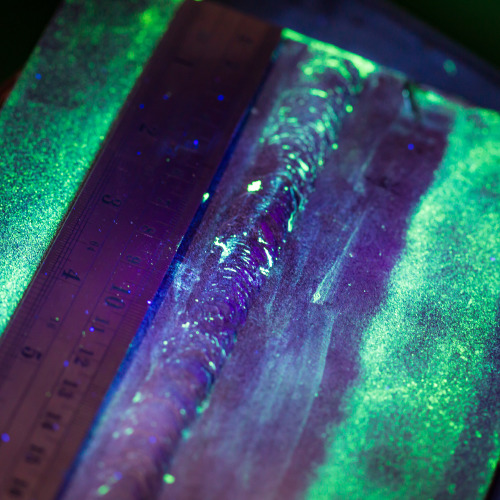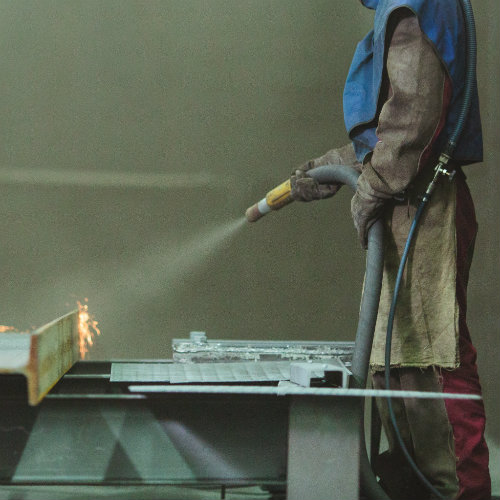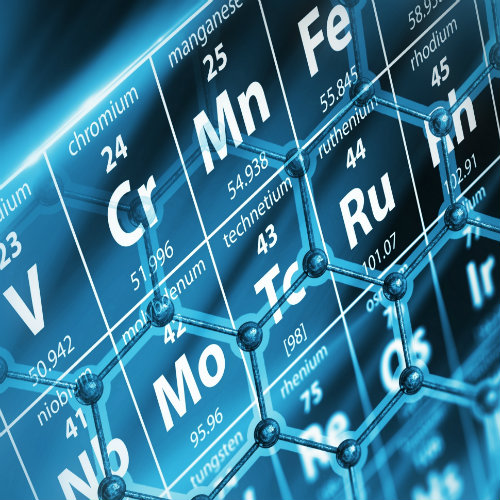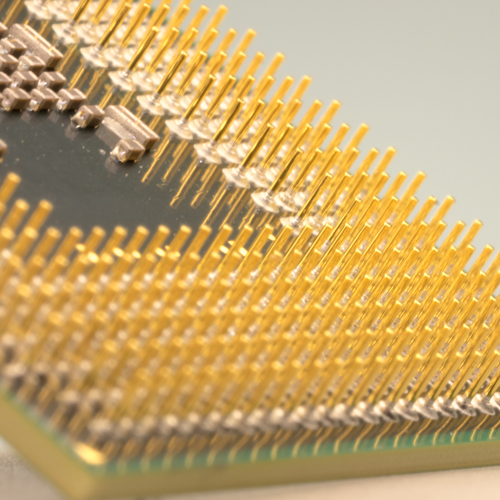Abrasive Machining
Performance and reliability of metal parts in aerospace and defense equipment are paramount. These sectors demand components that not only meet precise specifications but also withstand extreme conditions over prolonged periods. This is where the significance of surface finishing processes, particularly abrasive machining, comes into play. Abrasive machining is a critical technique used to achieve desired surface properties, including texture, roughness, and material removal, essential for enhancing the performance and longevity of high-performance parts.
Understanding Abrasive Machining
Abrasive machining is a material removal process that involves the use of abrasives—small, hard particles of materials such as aluminum oxide or silicon carbide—to grind away material from a workpiece’s surface. Unlike traditional cutting methods, abrasive machining uses the abrasive particles to remove material through a combination of grinding, cutting, and plowing. This process can be applied to various materials, including metals, ceramics, and composites, making it versatile in industrial applications.
Types Of Abrasive Machining Processes
There are several distinct processes of abrasive machining, each suited to specific applications. Grinding, one of the most common forms, uses a rotating abrasive wheel to achieve a smooth finish. Honing and lapping are fine finishing processes that use abrasives to improve the geometry and surface texture of parts. Shot peening and blasting, on the other hand, involve propelling a stream of abrasive material under high pressure against the workpiece to condition the surface or impart a specific finish.
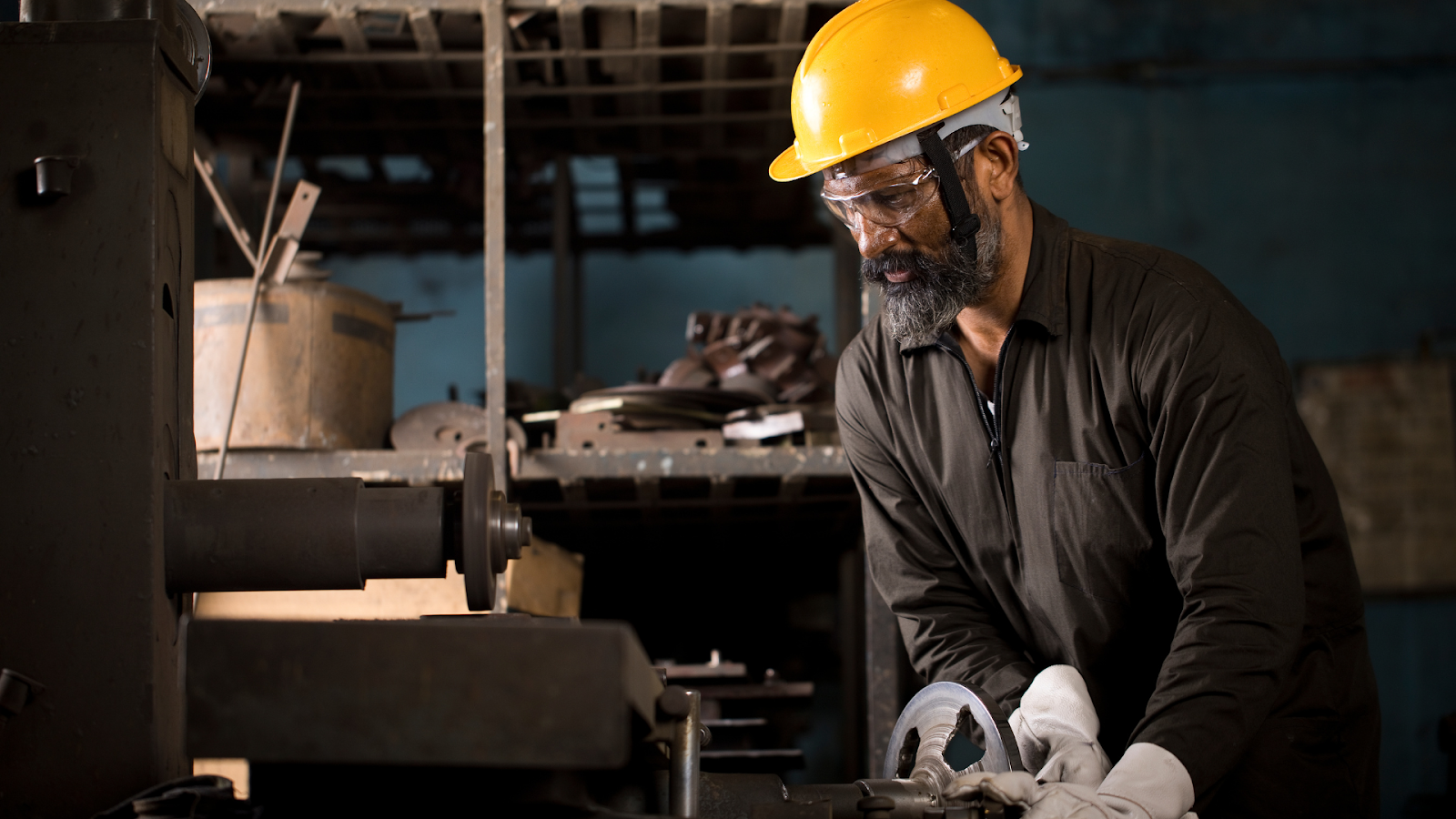
Key Applications In Aerospace And Defense
In the aerospace and defense industries, abrasive machining is employed to enhance the surface properties of critical components, such as turbine blades, gearboxes, and fuselage parts. These applications benefit from the process’s ability to achieve precise surface finishes, remove burrs and defects, and prepare surfaces for coating. Abrasive machining is crucial for ensuring the reliability, durability, and performance of parts that must endure extreme operational stresses and environmental conditions.
Advantages Of Abrasive Machining For Metal Finishing
The benefits of abrasive machining underscore why it is a preferred choice for industries where the quality of surface finishing is not just about aesthetics but is critical to the part’s operational viability.
Precision And Control Over Surface Finish
Abrasive machining stands out for its exceptional ability to achieve precise surface finishes with remarkable control. Unlike conventional machining techniques, abrasive methods allow for the fine-tuning of surface roughness to meet exact specifications, essential for components where surface integrity directly influences performance and longevity.
Ability To Process A Wide Range Of Materials
One of the most significant advantages of abrasive machining is its versatility in processing diverse materials, including hard-to-machine alloys and composites. Traditional machining methods often struggle with these materials due to their hardness or abrasiveness, which can lead to increased tool wear and potential damage to the workpiece. Abrasive machining, however, effectively handles these challenges, making it an invaluable process for industries requiring the machining of complex materials.
Enhances Fatigue Resistance Of Parts
Abrasive machining not only improves the appearance and surface finish of parts but also plays a crucial role in enhancing their fatigue resistance. Processes such as shot peening introduce compressive residual stresses on the surface of parts, significantly increasing their resistance to fatigue failures, stress corrosion cracking, and other stress-induced damages.
Improves Part Longevity And Performance
By achieving superior surface finishes and introducing beneficial compressive stresses, abrasive machining directly contributes to the improved longevity and performance of parts. Components treated with abrasive machining techniques exhibit reduced wear rates, enhanced resistance to environmental factors, and improved overall performance. This results in longer service life, reduced maintenance requirements, and greater reliability.
Valence’s Expertise In Abrasive Machining
With state-of-the-art equipment and a team of skilled professionals, we are adept at handling a wide range of abrasive machining processes, from shot peening and blasting to more specialized techniques tailored to the unique requirements of high-performance components. This expertise ensures that we can achieve the precise surface finishes and structural enhancements necessary for critical parts, adhering to the strictest industry standards and specifications.
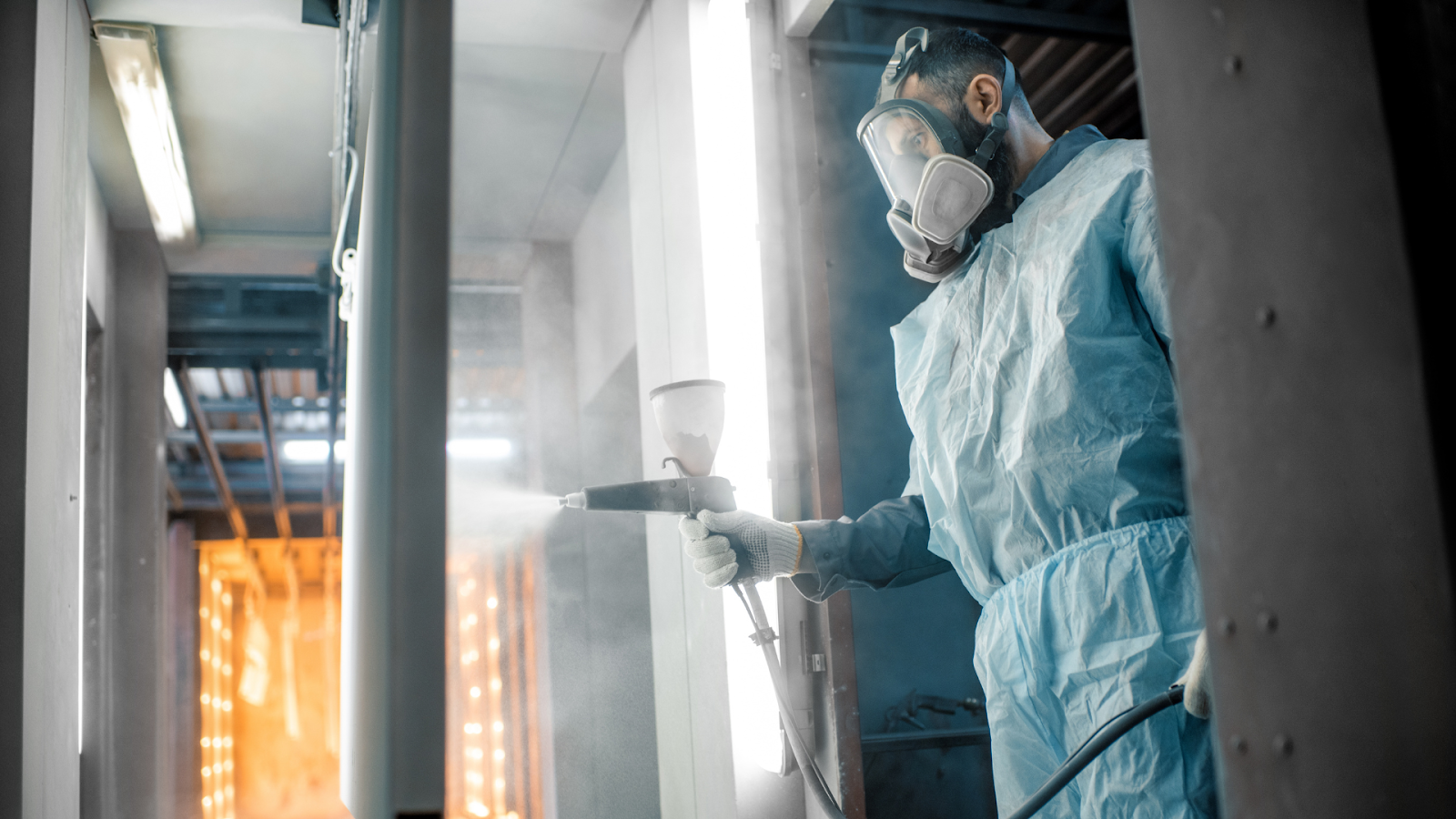
Quality And Consistency In Abrasive Machining
Quality and consistency are the hallmarks of our approach to abrasive machining. Through rigorous process control, advanced measurement techniques, and continuous improvement practices, Valence ensures that each part processed meets the highest quality standards. Our commitment to excellence is critical in applications where even minor variations in surface finish or texture can significantly impact the part’s functionality and reliability.
Custom Solutions For Complex Part Geometries
Our expertise extends beyond standard abrasive machining processes to include custom solutions designed to address the challenges of machining complex part geometries. Understanding that each component may have unique surface finishing needs, we leverage our technical knowledge and innovative thinking to develop custom abrasive machining strategies. This tailored approach allows for optimal surface treatment of parts with intricate shapes, ensuring that all areas, regardless of accessibility, receive the appropriate finishing treatment to meet performance requirements.
Abrasive Machining Processes At Valence
Through a combination of advanced technology, deep expertise, and a commitment to quality, our abrasive machining processes set the standard for metal finishing in the aerospace and defense industries. Our company’s shot peening and blasting services, supported by a wealth of successful applications, demonstrate a proven track record in enhancing part performance and longevity.
Detailed Look At Shot Peening And Blasting
Valence specializes in a variety of abrasive machining processes, with shot peening and blasting standing out for their critical roles in enhancing part performance and longevity. This process induces compressive residual stresses, significantly improving the part’s resistance to fatigue, cracking, and corrosive environments. Blasting, on the other hand, cleans, strengthens, or polishes metal surfaces by forcibly propelling abrasive material against the part. This versatility makes blasting ideal for both pre-coating surface preparation and finishing operations.
Comparison To Traditional Finishing Methods
When compared to traditional finishing methods, our abrasive machining processes offer distinct advantages. Traditional methods often rely on manual labor or less precise machinery, which can result in inconsistencies and a higher likelihood of part damage. Our state-of-the-art abrasive machining technologies, however, provide unmatched precision and consistency, ensuring optimal surface condition and integrity. Additionally, the ability to precisely control the impact of abrasive materials on the part surface allows for customized finishes that traditional methods cannot achieve.
Selecting The Right Abrasive Machining Process
In choosing the appropriate abrasive machining process, material characteristics are paramount, as different materials respond differently to abrasive machining, influencing the choice of abrasive media and process parameters. Desired finish is another crucial factor; specific processes are better suited to achieving particular surface roughness or texture requirements. Part complexity, including geometry and accessibility of surfaces, also dictates the selection of abrasive machining techniques, ensuring even and consistent treatment of all areas.
Final Thoughts
Abrasive machining represents a critical component in the manufacturing and finishing of high-performance parts. With its ability to enhance longevity, performance, and resistance to environmental stresses, this process is indispensable in industries where failure is not an option. Valence Surface Technologies, with our expert application of abrasive machining, will continue to set the benchmark for quality and reliability in metal finishing services.
Frequently Asked Questions
How does abrasive machining work?
It forces abrasive particles into the surface of the workpiece, where each particle acts like a miniature cutting tool, removing a small bit of material.
What are the types of abrasive machining processes?
Abrasive machining processes can be divided into bonded abrasive processes (where particles are held together in a matrix like a grinding wheel) and loose abrasive processes (where particles are applied without a structure, such as in polishing or lapping).
What types of abrasives are used in abrasive machining?
Conventional abrasives like aluminum oxide and silicon carbide, as well as superabrasives like diamond and CBN (Cubic Boron Nitride), are commonly used based on the material and desired finish.
How do you choose the right abrasive for metal parts?
Considerations include the hardness and durability of the abrasive material, the type of metal being worked on, and the balance between cut rates, productivity, and abrasive life.
What advancements have been made in abrasive machining?
Developments include the use of high-efficiency deep grinding (HEDG) and ultra-high speed grinding (UHSG) for faster cut times and longer wheel life.
What are the safety considerations in abrasive machining?
Safety considerations include managing heat and flames associated with the process, and designing ultra-high-speed machines with potential “wheel-off” conditions in mind.
How is abrasive water jet machining different?
Abrasive water jet machining is a cold-cutting technique that uses high-velocity water mixed with abrasive particles for shaping, cutting, and machining a variety of materials.
What are the applications of abrasive machining?
Applications range from deburring, polishing, and cleaning of metal parts to intricate cutting of complex shapes in materials like granite and marble.
How does the choice of abrasive impact machining outcomes?
The choice of abrasive affects the efficiency, finish, and longevity of the machining process, with different abrasives suited for specific materials and operations.
How do you optimize abrasive machining processes?
Optimization involves selecting the right type and grade of abrasive, adjusting machining parameters like wheel speed and pressure, and choosing the appropriate machining technique based on the workpiece material and desired outcome.
Sources:
- Jackson, M. J., & J Paulo Davim. (2011). Machining with Abrasives. https://doi.org/10.1007/978-1-4419-7302-3
- González, H., Calleja, A., Pereira, O., Ortega, N., López de Lacalle, L., & Barton, M. (2018). Super Abrasive Machining of Integral Rotary Components Using Grinding Flank Tools. Metals, 8(1), 24. https://doi.org/10.3390/met8010024
- Marinescu, I. D., Rowe, W. B., Dimitrov, B., & Inaski, I. (2004). Tribology of Abrasive Machining Processes. In Google Books. Elsevier. https://books.google.com.ph/books?hl=en&lr=&id=AG3zbRA91AIC&oi=fnd&pg=PP1&dq=abrasive+machine&ots=MpvZBgDjod&sig=1raezKHxjYMBCHIDe7Pu-GzWf2k&redir_esc=y#v=onepage&q=abrasive%20machine&f=false
- Klocke, F., Sein Leung Soo, Bernhard Karpuschewski, Webster, J., Donka Novovic, Amr Elfizy, Dragoş Axinte, & Tönissen, S. (2015). Abrasive machining of advanced aerospace alloys and composites. CIRP Annals, 64(2), 581–604. https://doi.org/10.1016/j.cirp.2015.05.004
- Abrasive machining methods for composites. (n.d.). Www.compositesworld.com. https://www.compositesworld.com/articles/abrasive-machining-methods-for-composites
Shot Peen and Blasting Services
Saturation Peen
Saturation peen refers peening the entire surface of a part, to enhance fatigue resistance. Based on our equipment capability, we can support large quantity orders, or individual parts with a large surface area.
Peen Forming
Peen forming is the process of using small steel shot to change the curvature of a part.
Abrasive Blast / Abrasive Clean
- Abrasive Blast / Abrasive Clean – Abrasive blasting and cleaning is used to smooth, or to roughen a surface.
- Aluminum Oxide – Aluminum oxide is a commonly used abrasive for blast finishing and surface preparation.
- Glass Bead Blasting – Glass bead blasting refers to circular glass shot that create a softer, brighter finish on surfaces.
- Plastic Media – Plastic media is a soft shot type that is the preferred and nondestructive way to strip coatings and paint from delicate parts, without compromising part integrity.
Shot Peen and Blast Sizes
| Valence Eastman | L | Valence Wichita | L | Valence Grove | L | Valence Los Angeles | L | Valence Seattle | L | Valence Everett | L | Valence Paramount | L |
|---|---|---|---|---|---|---|---|---|---|---|---|---|---|
| Abrasive Blast | 5' | Abrasive Blast | 14' | Glass Bead | 10' | Abrasive Blast | 32' | Abrasive Blast | 4' | Abrasive Blast | 12' | Abrasive Blast | 40' |
| Part Mark | No Limit | Glass Bead | 5' | Part Mark | No limit | Glass Bead | 6' | Glass Bead | 3' | Glass Bead | 12' | Glass Bead | 50' |
| Shot Peen | 5' | Part Mark | No limit | Shot Peen | 3' | Plastic Media | 6' | Part Mark | No limit | Part Mark | No limit | Shot Peen | 50' |
| Shot Peen | 12 | Part Mark | No limit | Plastic Bead Blast | 2.5' | Shot Peen | 30' | Shot Peen Form | 40' | ||||
| Shot Peen | 6' |
Shot Peen and Blasting News
Valence Surface Technologies achieves Nadcap accreditation for a new shot peen plant in the Pacific Northwest
Seattle, Washington and The Woodlands, Texas -- Valence Surface Technologies (Valence), the world’s largest independent provider of metal processing and finishing services in the aerospace and defense industry, has received Nadcap accreditation for its new state of...
